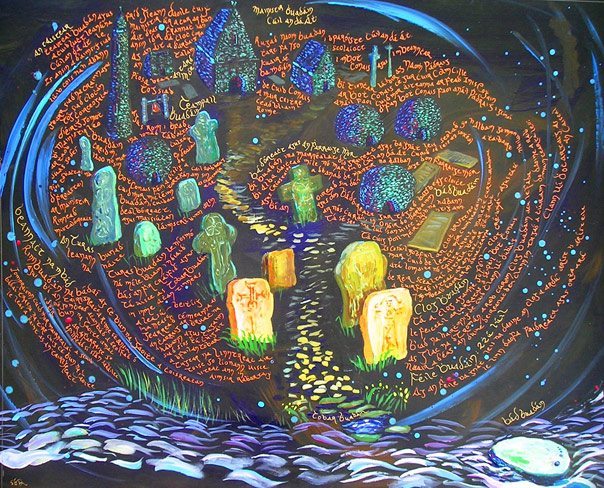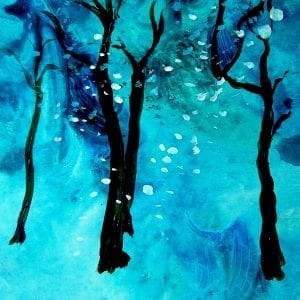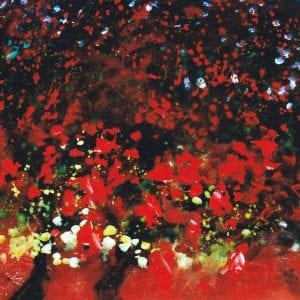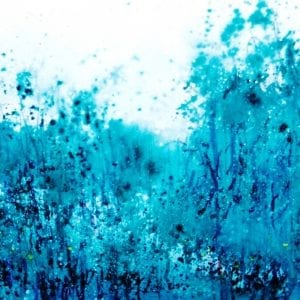Description
St. Buadán was born about AD 750 in the parish of Culdaff. He studied at Both Chonais (Carrowmore) and Bangor and was a devotee of St. Conas who lived some four centuries before Buadán’s time. The influence of St. Patrick was strong at Both Chonais and although St. Colm Cille’s legacy was followed in many parts of Inishowen, Both Chonais remained Patrician.
It was to set up a new religious foundation in the region that Buadán and his companions travelled along the Deel River Valley leaving Both Chonais and heading in the direction of the sea. At a loop in the river where two stepping-stone crossings existed – Cúil an Dá Áth – Buadán cleared away groves of trees to establish a monastery there. At a high point in the land – Ard Mór, not far from the river – he built a church and a cluster of beehive huts.
The monastery flourished right up to about 1200 becoming one of the most important religious centres in the area eclipsing even Both Chonais which seems to have fallen somewhat into disuse by then.
Culdaff became a centre of art and learning and attracted many students from far a-field. Stone crosses were carved, metalwork practiced and manuscripts illuminated and copied.
Buadán was a sea-farer and sailed over to Scotland many times – only a mere 40 miles from Culdaff – to spread the gospel and make converts. Such was his love of the sea and boats that a little curragh-shaped stone made in his honour, called Bád Bhuadáin (Buadán’s Boat), sits in the river at the loop. Five mysterious finger holes are in the stone. Perhaps this is the broken remains of some larger memorial to him now lost or dismantled. In this locality it is considered an ill-omen to interfere with this stone in any way. Dire consequences might follow any person tempted to do so!
Buadán blessed the boats at Bunagee and prophesised that no vessel sailing from the port would ever founder. Some boatmen actually carry their boats overland from other ports to Bunagee to avail of his prophesy.
Turas Bhuadáin has been observed for over a thousand years after his death and water from his holy well – Tobar Bhuadáin – is regarded as the remedy for many cures – even for sick cattle. Steps carved out of the existing rock of the river bank lead down to the place where the well sits. It is sometimes referred to as Na Linntreach (The Pools) because the well overflows into rock pools at high tide.
Buadán’s cast bronze bell – Clog Bhuadáin – survives to this day and can be examined on request at Bocan Church. The hereditary custodians of Clog Bhuadáin used to be the O’Duffy clan of Glacknadrummond. When they died out it was passed on to their relatives the O’Dohertys of Cashel. On Buadán’s feast day (22nd July) the bell used to held aloft at the well accompanied by special prayers and incantations.
Sources: Brian Bonner, Seán Beattie, Anne, John & Neil McGrory.




